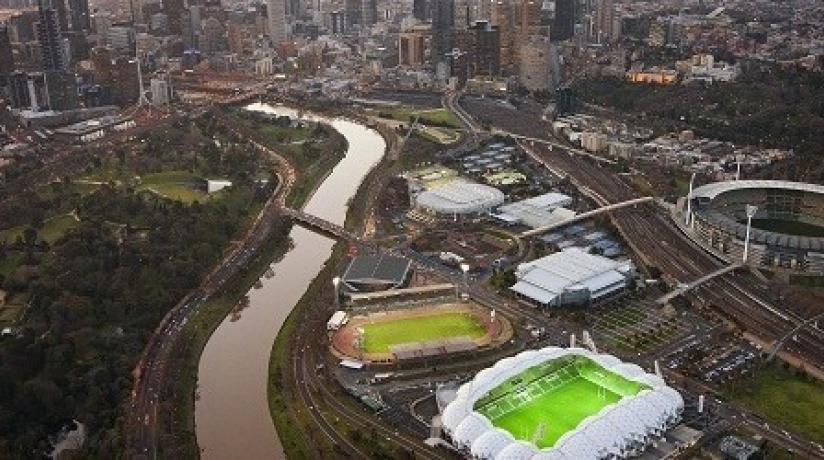The presentation of Victoria’s 30-year draft plan for infrastructure listed a number of important projects as priorities, but lacked details for how those projects would be delivered, lending questionable value to a process that was designed to steer clear of politics in order to identify Victoria’s current and future infrastructure needs and priorities.
“There are some good elements, such as North East Link, an airport rail link and some key public transport projects, but there is a glaring omission with regard to delivery,” Radley de Silva, CEO of Master Builders Association of Victoria, said.
“In terms of planning, the draft offers a soft-focus, politically safe reply to a problem that demands specifics,” Mr de Silva said. “What we see here is a well-trodden path that leads nowhere we haven’t been before.”
“Master Builders has long supported increased housing densification in already-established suburbs to deal with our growing population, and has consistently called for coherent and detailed plan to put it in place,” Mr de Silva said.
“The 30-Year Plan draft doesn’t appear to offer details for a centralised and strategic planning approach that will actually deliver new housing in existing suburbs. It misses the crucial opportunity to fix a flawed system that relies instead on local councils to be involved in planning, which has been proven not to work,” he said.
“It’s clear that increasing housing densification and infrastructure will result in increased congestion, which is an important issue the state needs to deal with,” Mr de Silva said. “But proposals for addressing this, such as a congestion tax, should be fair and not impose undue cost burdens on ordinary people, like tradies, who use their vehicles every day for work, or people living in outer suburbs who might be penalised for living where they can afford to.”
“Any new impost or charges, like developer contributions for greater urban density, should be considered in the context of housing affordability.
“Victoria’s population now grows faster than any other state,” Mr de Silva said. “We want to see an investment in future infrastructure. By 2051, the population of the state is expected to reach 8 million and require 2.2 million more dwellings. To meet that demand, we need a planning and delivery system with teeth.”






